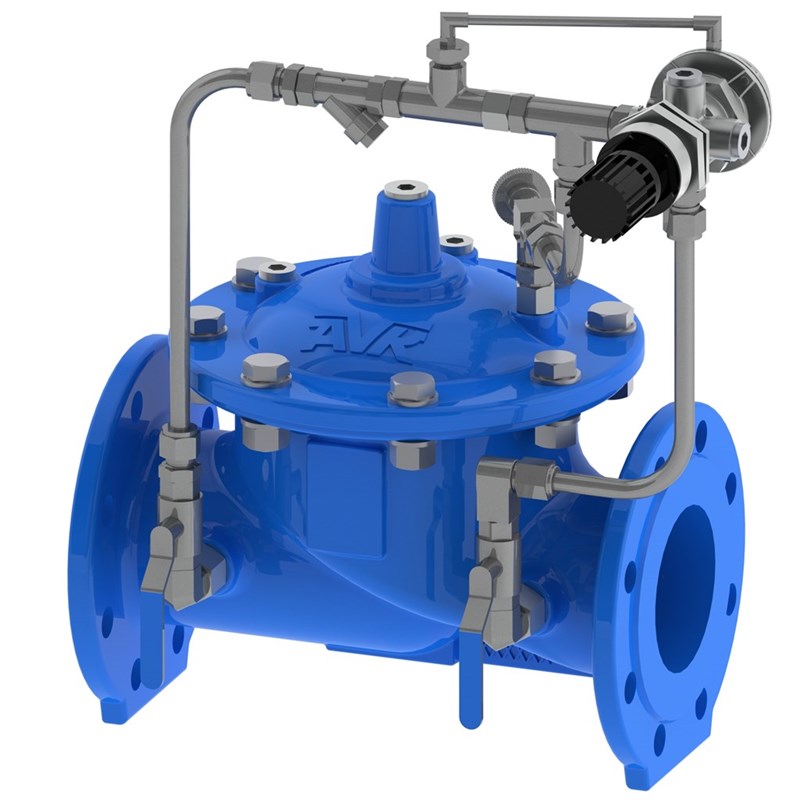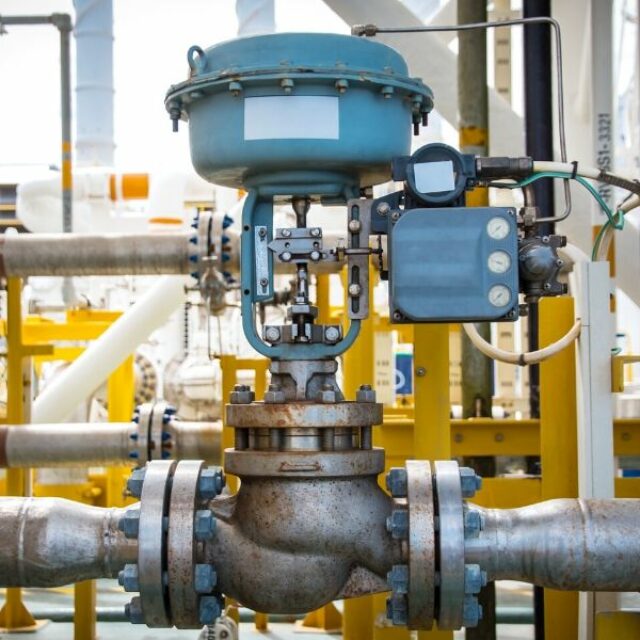Achieve Seamless Assimilation and Control With Top Quality Building Automation Controls
In the world of modern building monitoring, the significance of high quality structure automation controls can not be overstated. Accepting quality building automation controls is not merely a matter of benefit however a tactical imperative for organizations aiming to optimize their facilities' performance and sustainability.

Development of Building Automation Controls
Throughout the previous few years, the advancement of constructing automation controls has actually significantly changed the means buildings are handled and operated. Originally, developing automation systems primarily concentrated on standard functions such as managing air, air flow, and heating conditioning (HVAC) systems. As modern technology advanced, these controls have become extra sophisticated, enabling for a broader range of building systems to be integrated and handled centrally.
The advancement of building automation controls has seen a shift in the direction of more smart systems that can adapt to changing problems in real-time. This adaptability is crucial for optimizing energy effectiveness and making sure owner convenience. In addition, modern-day structure automation controls now provide attributes such as anticipating upkeep, remote surveillance, and information analytics, making it possible for center supervisors to make data-driven choices to improve building performance.

Advantages of Quality Integration
The advancement in building automation controls in the direction of even more smart systems has underscored the considerable advantages of quality combination in enhancing building procedures and boosting total efficiency. This centralized control likewise gives better presence and understandings right into structure performance, allowing positive upkeep and optimization techniques. Generally, the benefits of high quality integration in building automation controls are obvious, using raised efficiency, convenience, and functional efficiency.
Enhanced User Experience and Accessibility
Enhancing user communication with building automation manages with user-friendly style and improved access boosts the total experience for owners and facility managers alike. By concentrating on user experience, developing automation systems can become more efficient and easy to use. Intuitive interfaces, clear navigating, and customizable settings equip individuals to engage with the controls conveniently and efficiently.
Ease of access features play an essential function in ensuring that all individuals, consisting of those with disabilities, can utilize the building automation manages easily. Integrating functions such as voice commands, tactile buttons, and color-contrasted screens can boost access and make the controls extra comprehensive.
Additionally, improved individual experience causes higher individual satisfaction, increased performance, and far better decision-making. Residents can change ecological settings according to their preferences, while facility supervisors can successfully keep an eye on and handle structure systems - control valves. In general, focusing on individual experience and access in structure automation manages adds to a more smooth and effective structure atmosphere for all her latest blog stakeholders involved
Sustainable Practices Through Automation

Moreover, automation can assist in the assimilation of renewable energy sources such as solar panels or wind generators right into building operations. By instantly adjusting energy use based upon the availability of renewable resource, structures can further minimize their dependence on non-renewable sources. This seamless combination of lasting practices not only benefits the atmosphere yet also enhances the general operational performance and cost-effectiveness of the structure. Through automation, buildings can align with modern-day sustainability objectives and add to a greener future.
Future Trends in Building Control Solution
One prominent fad shaping the future of structure control systems is the boosted assimilation of Artificial Intelligence (AI) and machine discovering. Additionally, the Internet of Points (IoT) is transforming structure control systems by connecting sensing units and devices to boost and improve procedures efficiency.
Another vital trend is the focus on cybersecurity actions to safeguard against potential dangers to constructing automation systems. As buildings end up being extra interconnected, guaranteeing durable cybersecurity procedures will certainly be necessary to protect delicate information and prevent unauthorized gain access to.
In addition, the shift in the direction of cloud-based systems is obtaining momentum, permitting systematized control and remote accessibility to structure systems. This promotes much easier surveillance, upkeep, and updates, enhancing the overall efficiency and flexibility of building control systems. As imp source innovation proceeds to development, these patterns are anticipated to form the future landscape of structure automation controls, driving advancement and sustainability in the developed setting.
Conclusion
Future trends in structure control systems are likely to concentrate on more enhancing automation capacities for boosted energy effectiveness and overall performance. It is important for structure owners and operators to prioritize the fostering of top quality building automation controls to blog here maximize structure operations and accomplish long-term sustainability objectives.
In the world of modern-day building monitoring, the importance of quality structure automation controls can not be overemphasized. In general, the advancement of building automation regulates continues to drive technology in the building monitoring market, supplying new opportunities for producing smarter and much more sustainable buildings.
The advancement in building automation regulates in the direction of more smart systems has highlighted the substantial advantages of quality combination in maximizing building procedures and enhancing general efficiency. Generally, focusing on individual experience and ease of access in structure automation regulates contributes to a much more seamless and effective building atmosphere for all stakeholders involved.
It is essential for building owners and drivers to focus on the adoption of high quality structure automation controls to optimize building operations and attain long-term sustainability goals. - control valves